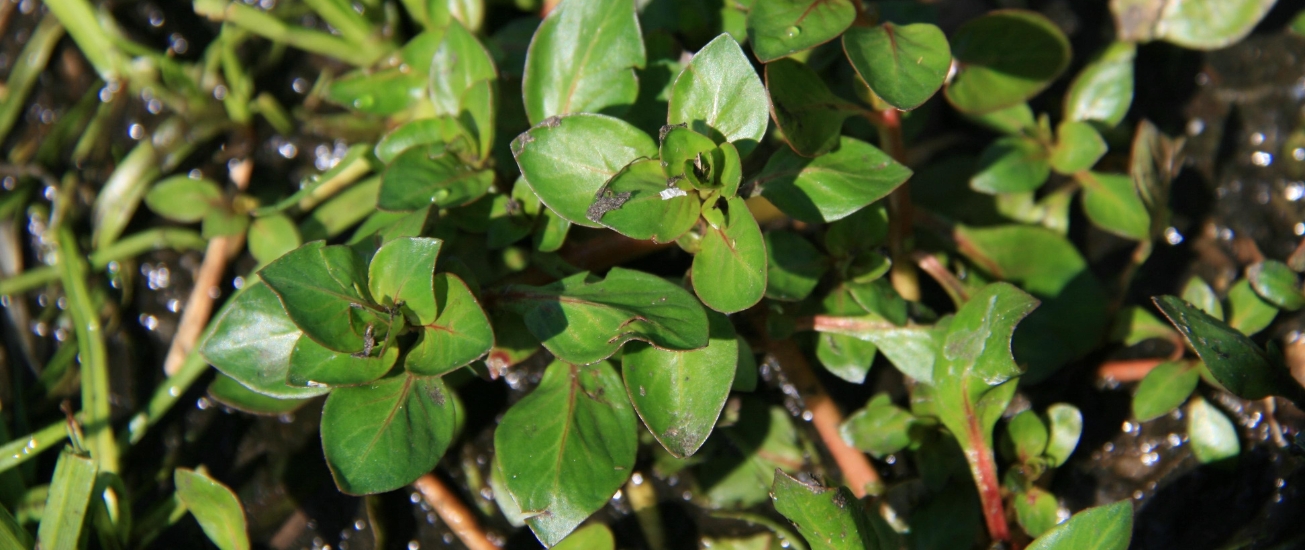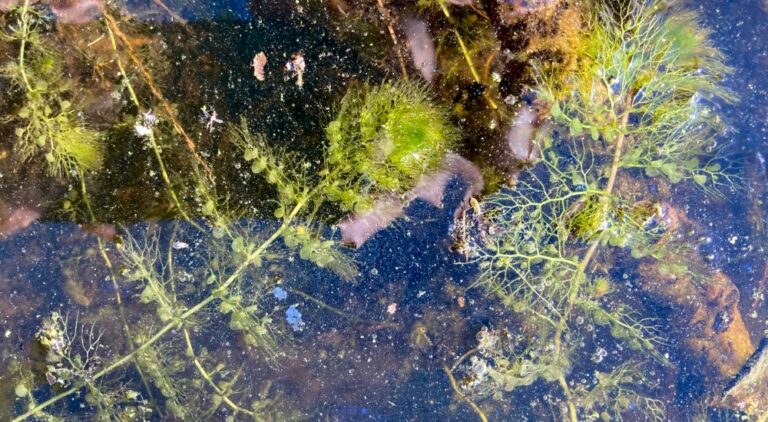This naturalistic restoration work has allowed the area to become a 3150 habitat, characterised by shallow pools of water and rich in biodiversity. It is home to species such as Utricularia australis, a small carnivorous aquatic plant. The area’s ecological value is now high, making it a prime example of environmental restoration and scenic beauty.
Environment restoration = Ecological regeneration
Thanks to an environmental restoration project, the landscape and the ecological value of the area – in which the historic peat warehouses were located – has been successfully restored.
Where am I?
This area used to be home to peat warehouses, where the equipment and materials needed for extraction were stored.
Peat extraction began in earnest in the second half of the 19th century, significantly favouring regional economic development due to its use in numerous industrial sectors. However, when the extraction activities ceased in the 1950s, the peat bog – once a grassy meadow – was transformed into a wetland area with flooded pools, radically changing the landscape and the ecological balance.
Deprived of their function, these buildings were progressively abandoned and gradually entered a state of structural decay. Over time, the area has suffered landscape degradation and pollution. Moreover, the spread of invasive plant species has also reduced the area’s overall ecological value.
The restoration project
To regenerate the area, a major restoration project was launched in 2006, involving the demolition of old buildings, which continued until the last one was demolished in 2016.
One of the main interventions involved the forestry improvement in the entire northern section of the Reserve by planting marsh plants and clearing, thinning and cutting back weed vegetation.
Subsequently, new pools were created to protect amphibians and aquatic birdlife. The foundations of one of the buildings can still be seen in the centre of pond TS05 today; this was deliberately left as a trace of the past.



